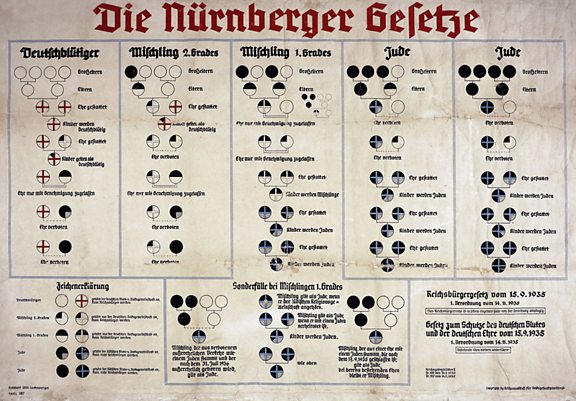


 Map of SS-designated concentration camps and subcamps, 1933–1945. Each large dot represents the main camp with the smaller dots referencing subcamps. The original map is animated to show the expansion of the camp system over time (Data source: The United States Holocaust Memorial Museum Encyclopedia of Camps and Ghettos, Vol. 1 [2009]). —Alexander Yule and Anne Kelly Knowles
Map of SS-designated concentration camps and subcamps, 1933–1945. Each large dot represents the main camp with the smaller dots referencing subcamps. The original map is animated to show the expansion of the camp system over time (Data source: The United States Holocaust Memorial Museum Encyclopedia of Camps and Ghettos, Vol. 1 [2009]). —Alexander Yule and Anne Kelly Knowles




To read the full timeline, please go to the BBC site, by clicking HERE.




